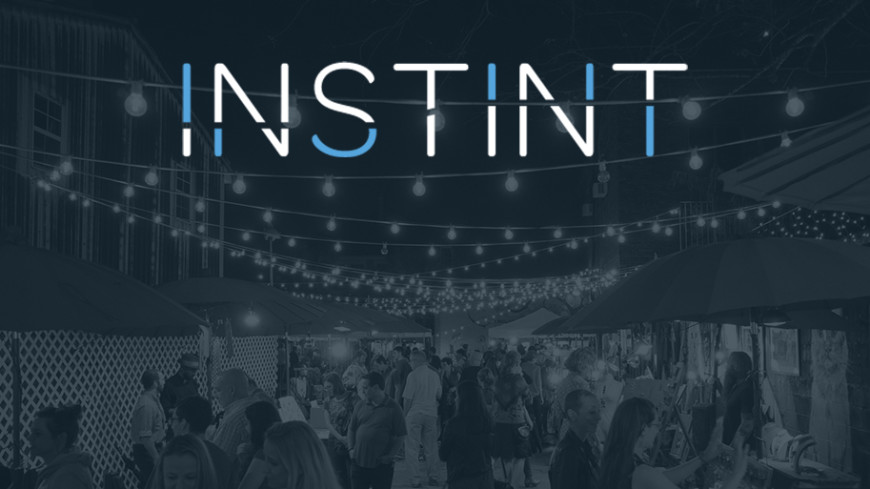
Going on a work trip to New Orleans usually means lamenting over all of the fun the city has to offer that you’re missing out on. Not so when you work for Helios Interactive and are asked to attend INSTINT 2017, a conference at which technology and art collide in powerful and innovative ways.
As a first time attendee of the INSTINT 2017 conference, I didn’t quite know what to expect. Now that I’ve had some time to digest everything I saw and learned that week I’m excited to share some of my takeaways and inspirations!
The experiences featured tech but weren’t defined by that
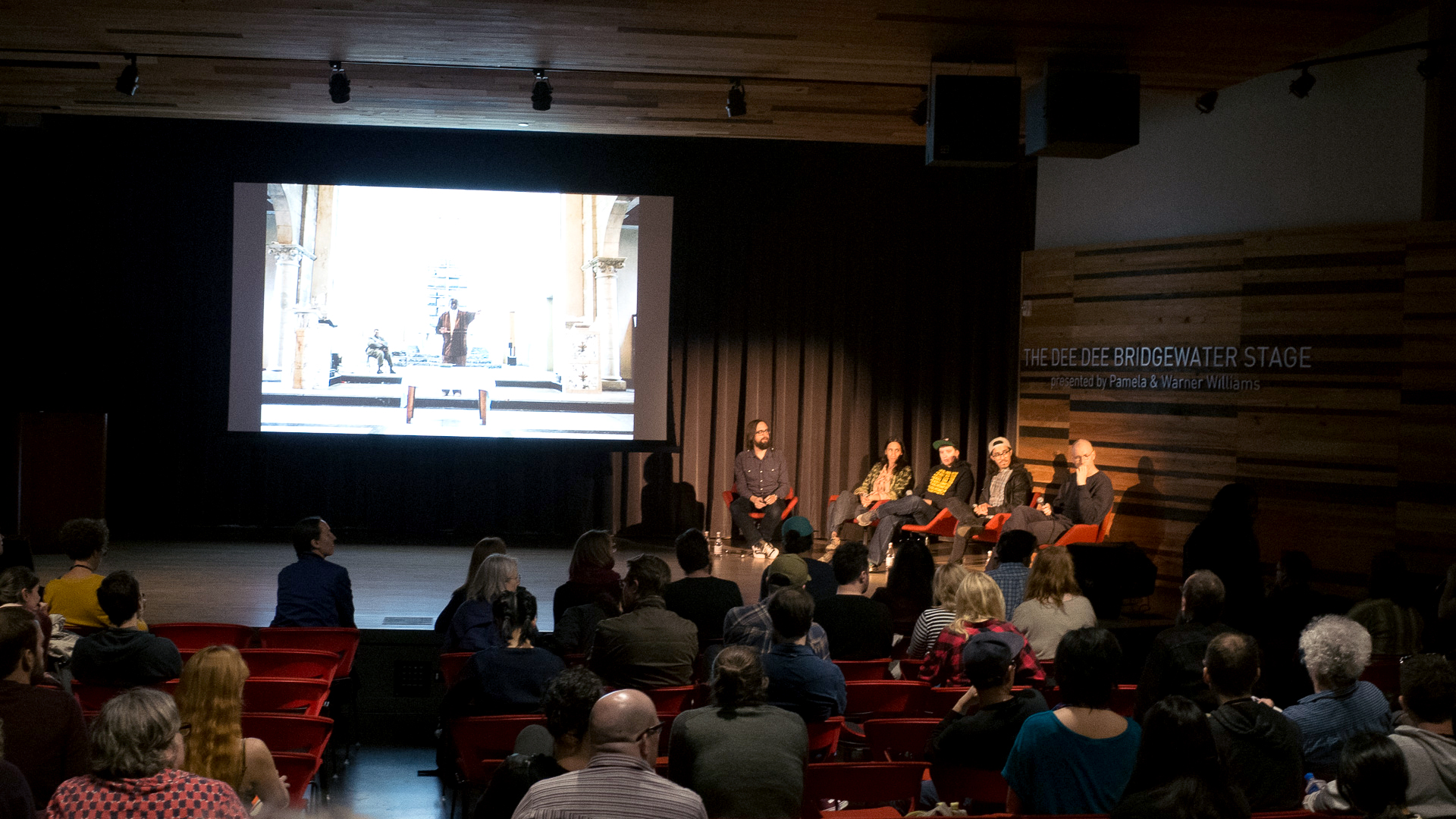
We should, of course, use the technologies we have at our disposal to create wondrous and memorable experiences for people, but we shouldn’t feel limited by these technologies. VR and AR are the focus of many Helios projects, but the presentations at INSTINT were a great reminder that, for an experience to be good, the interaction must dictate the tech and not the other way around. We shouldn’t push for digital experiences if the interactions would be better with more analog solutions. There were a lot of powerful and effective projects presented that ran the gamut of interactive mediums, from projection mapping and facial recognition to light and sound. Even paper! I’m excited to take these inspirations back to our brainstorm sessions to help come up with more varied and groundbreaking project ideas.
Control the experience, but let people explore
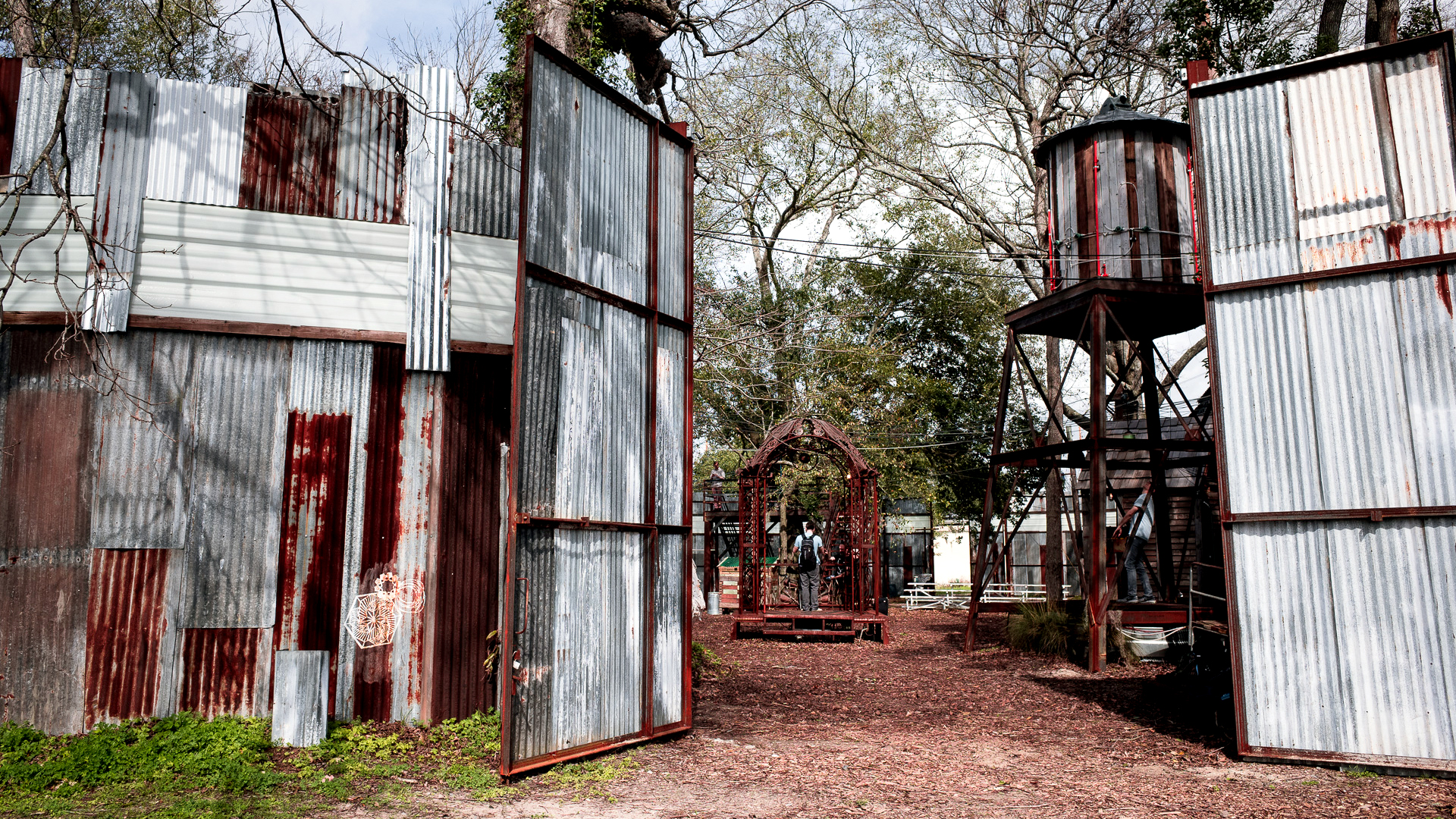
Many of the works presented at INSTINT explored the idea of a semi-closed interactive experience; in other words, an interaction that encourages guests to create their own narratives within a closed system of the artist’s creation. This idea was explicitly mentioned by Emily Gobeille and Theodore Watson of Design I/O, but was also a big part of pieces like Golan Levin’s The Manual Input Workstation and Delaney Martin and Jay Pennington’s The Music Box Village. This approach allows an artist or designer to exercise control over an environment while still giving the guest the freedom to fully engage with the work in a meaningful way. A completely open system can sometimes be overwhelming to a person. What am I supposed to do? he or she might think. On the other hand, an experience with clear boundaries but freedom within those boundaries takes the pressure off the guest to figure out what’s going on and lets him or her just play within the system. This often leads to a better experience for the guest and can serve as an unexpected learning opportunity for the artist.
Time as a medium
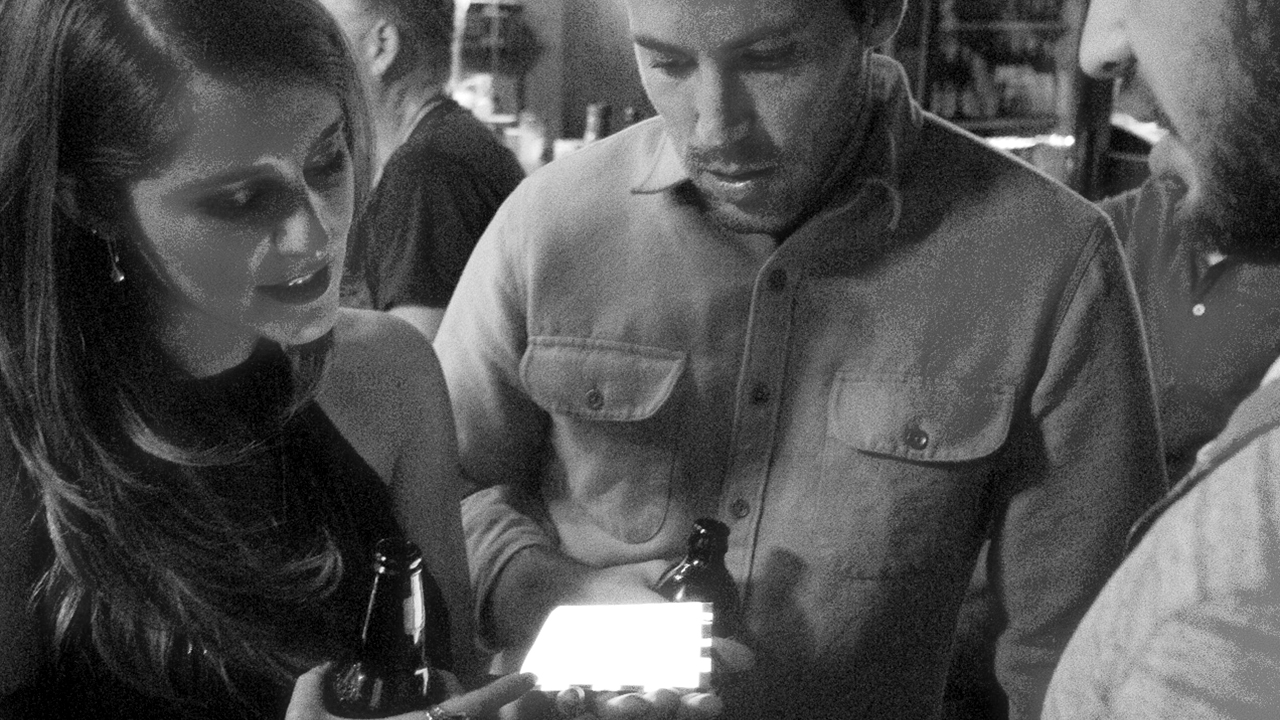
Time is a big part of interactive art, whether that’s the time involved in experiencing the piece, the time it took the artist to create it, or the time that the piece is supposed to represent. At INSTINT we saw artists explore time as a medium to work within, like space, color, texture, or light. Complex Movements took five years to create their piece Beware of the Dandelions, and ill Weaver’s real-time rapping means the performance changes from day-to-day and location-to-location. Mary Mattingly’s Pull (part of her solo show ‘House and Universe’) featured time twofold; in the giant mass of possessions she’d collected over time, as well as the time it took for her to move this mass throughout New York City. Rafael Lozano-Hemmer’s Vicious Circular Breathing was certainly a visually stunning piece certainly, but the real power of the piece lies in how it was affected by participants and how that very participation was dangerous because of time. Spend too much time in that piece and you could have a panic attack, catch a cold, or even asphyxiate.
This got me thinking about how we deal with time in the experiences we create at Helios. Is it important for every guest to have the same experience, starting from the same place? How would an experience change if it evolved throughout the time it was active, as more and more people interacted with it, instead of resetting anew for each new guest? What if my experience with an activation affected how you could experience it? How can we leverage time as an interactive medium to improve an experience for guests? These are all questions I’m excited to take to the ideation phase of upcoming Helios projects.
The audience as participants
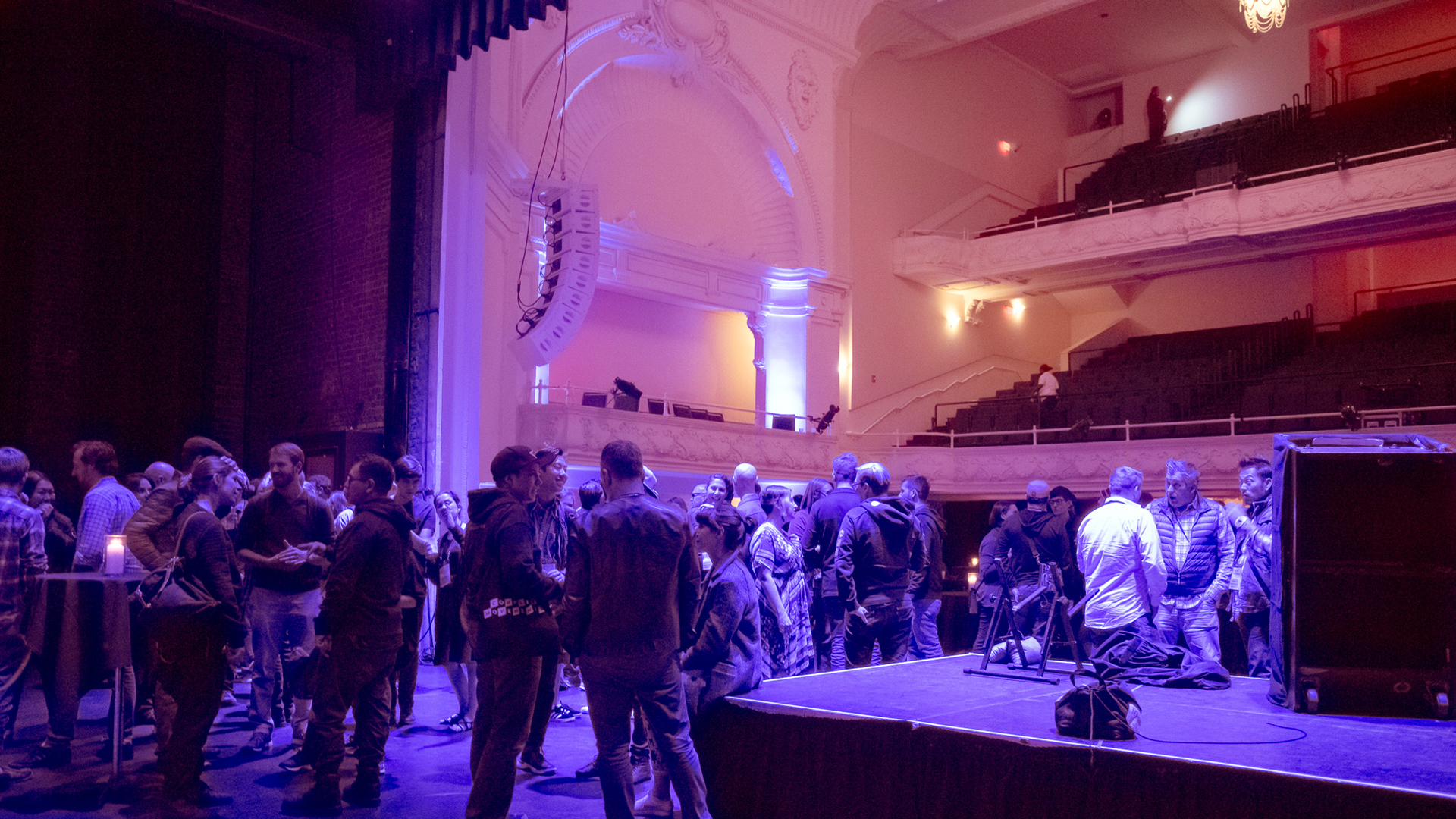
Another really interesting bit of wisdom I took away from INSTINT was the idea of the audience as active participants in an experience. This isn’t a new idea by any means — art theory has always discussed the viewer as a part of the work, and Helios has always tried to expand the footprint of an interactive experience as much as possible. But the interactive technologies we have at our fingertips now allow us to more purposefully design experiences that include viewers who wouldn’t normally be considered interactors — people waiting in line, people walking by the experience, people who’ve already gone through the experience, etc. Beyond an attract screen, how can we include passive viewers in the experience to make them feel more like active participants, and what kind of effect might this have on the experience?
Along these same lines, the work presented this year was also a reminder that in order for our work to be effective, participants need to respond to it in a meaningful way. Coming from a commercial design field, this was especially impactful. How do we ensure the experiences we create for our clients provide their guests things of value instead of moments that merely entertain?
Inspiration
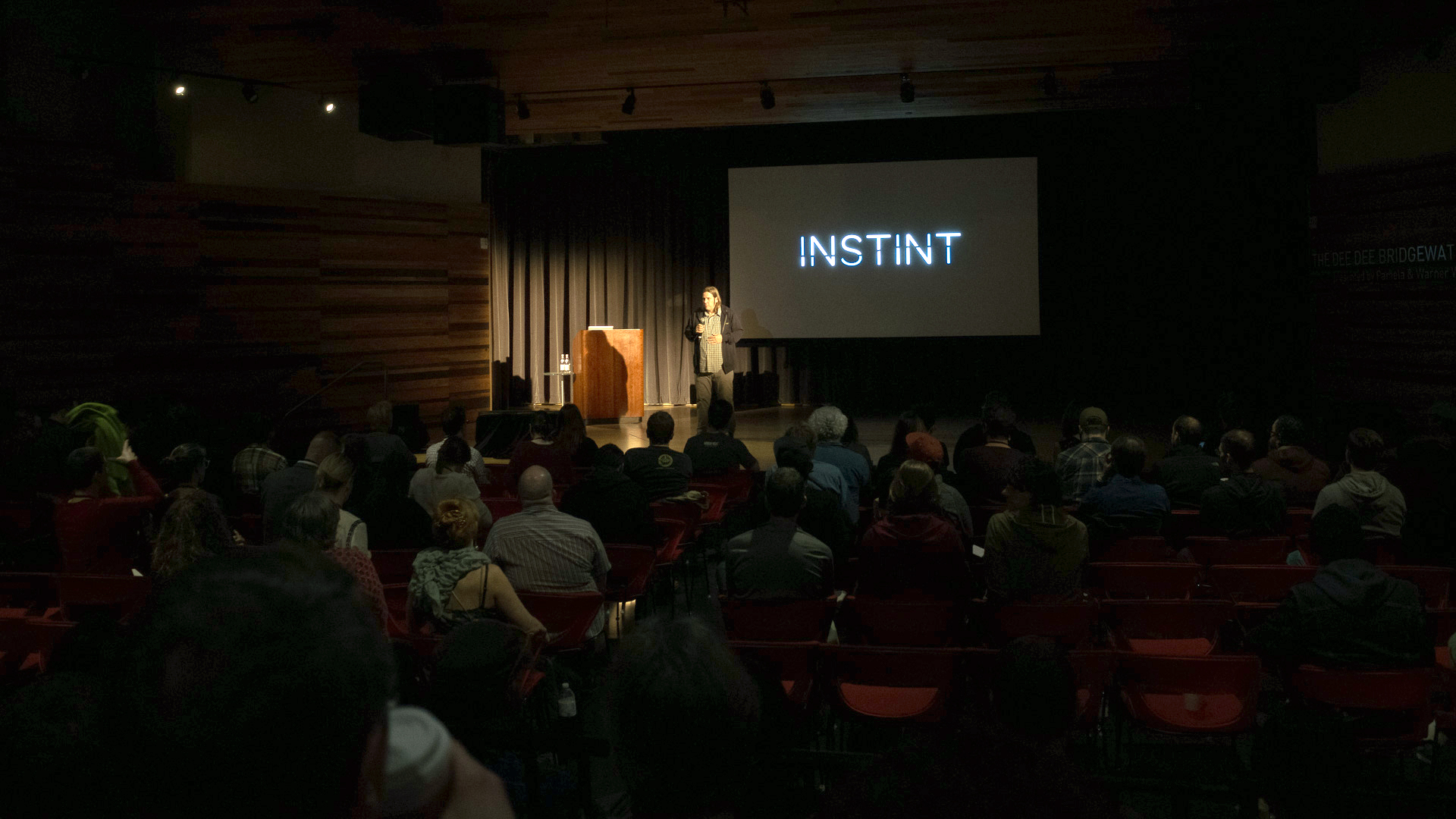
INSTINT was first and foremost inspiring. I left with some great ideas to take back to Helios projects, but also with the motivation and direction to start pursuing interactive art on my own. (In fact, I downloaded Dr. Rebecca Fiebrink’s Wekinator program at the airport and can’t stop playing with it.) This speaks to INSTINT’s impact. The speakers were all world-renowned artists who have been working in the field for decades and who could present their work in fun, accessible, and exciting ways. They focused on the concepts behind their work and showed that being passionate about an idea is the most important part of a project. Sure, it’s been weeks since the conference, but I’m still thinking and talking about the work I saw, and I can’t wait to go back next year.
Shoutouts
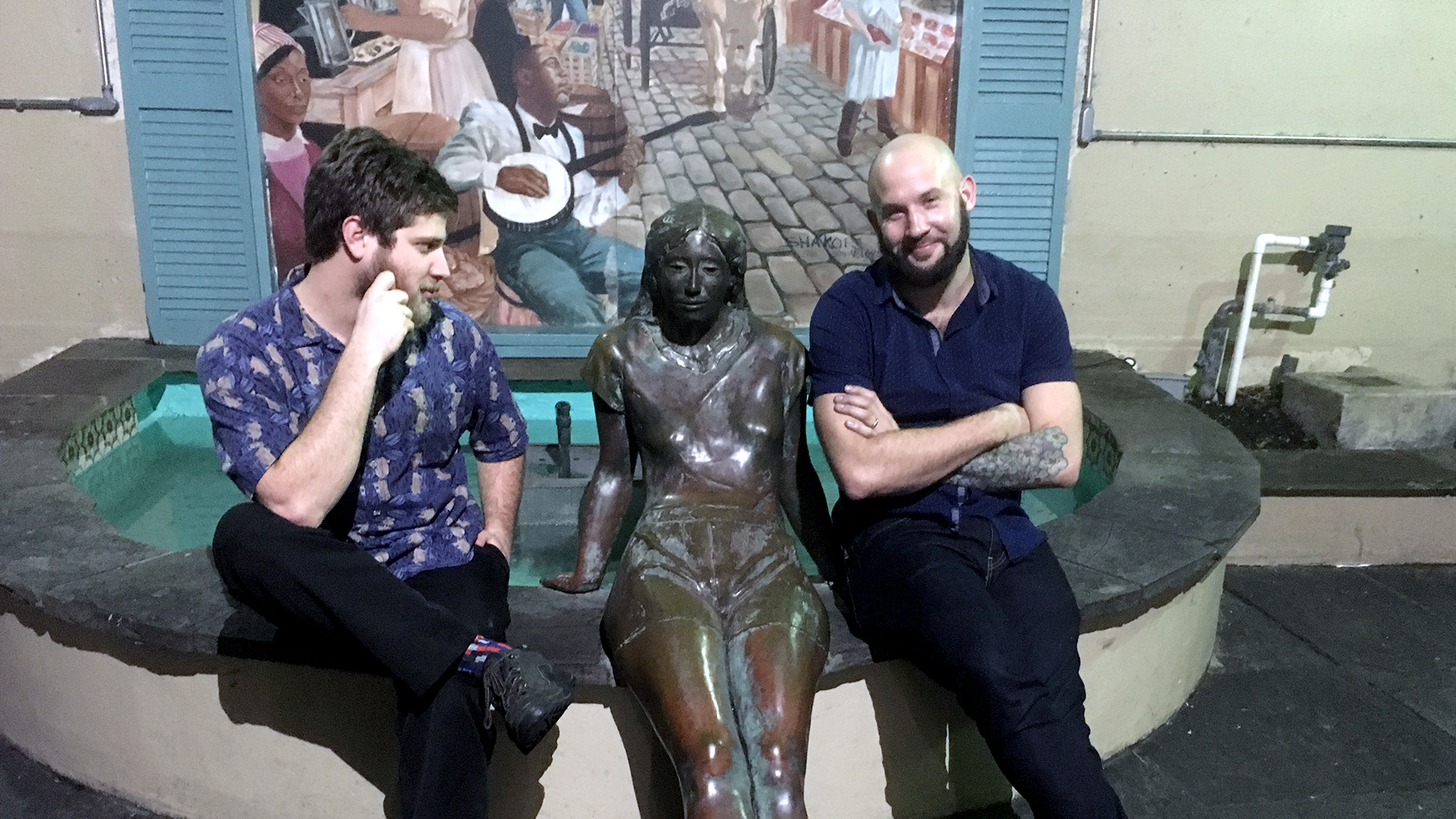
Big thanks to Helios for allowing us to go to this conference! I’m lucky to work for a company that supports its employees in pursuing their passions, knowing the ideas we’ll return with will help strengthen the team and improve the projects we work on. Another big thanks to my coworkers and fellow INSTINT attendees – Kevin Lee Jr., Laura Edelman, and Changbai Li – for helping develop this post and sharing their photos and videos. And of course a big thanks to the team behind the INSTINT conference: Dave Schroeder, Jer Thorp, Wes Grubbs and Caitlin Rae Hargarten.
